The Grandiose Ambition of the Great Southern of Spain Railway Company Ltd.
Concession Transfer: Baza-Guadix, Ivo Bosch & The SRT Coup
Unravel the dramatic financial coup that saw the struggling GSSR sell its Baza-Granada concession to a consortium led by Catalan banker Ivo Bosch Puig. This article details the sophisticated corporate manoeuvre involving the Granada Railway Company (GRC) and the Spanish Railways Trust (SRT). Discover the challenges of the final Baza-Guadix section, the 1,276m ascent at Venta de Baúl, and the collapse of the Gor Viaduct that delayed the line's opening until 1907.
By Nick Nutter on 2025-10-5 | Last Updated 2025-10-23 | The Grandiose Ambition of the Great Southern of Spain Railway Company Ltd.
This article has been visited 245 times

The rugged Sierra de Baza - too much for the GSSR
The Financial Coup: The Transfer of the Baza-Granada Concession
As the GSSR completed the line to Baza, it faced a crisis of its own making. The company’s financial failure—stemming from a gross underestimation of the cost and difficulty of building a railway through Southern Spain’s rugged mountains—had left it crippled with debt. The fixed-price construction contract had backfired, leaving the GSSR responsible for finishing a disastrously expensive project themselves.
This financial ruin created the perfect opportunity for new players to step in, specifically a wealthy and influential Catalan banker named Ivo Bosch Puig.
Do you enjoy my articles? For your reading pleasure, this website does not carry third party ads. You could help me write more articles by buying me a cup of coffee.
The Corporate Web: A Financial Masterstroke
The acquisition of the Baza-Granada concession was not a simple sale; it was a complex corporate manoeuvre orchestrated by Bosch to salvage his existing investments and consolidate assets into a Spanish-controlled network.
Bosch worked through a sophisticated network of entities, all of which were either controlled by him or heavily invested in the failing GSSR:
The Spanish Railways Trust (SRT):
A key British investor who had lost substantial money on the GSSR. Their involvement was a defensive measure, designed to prevent a total loss by transferring the valuable concession to a new, better-funded company.
The Granada Railway Company Ltd. (GRC):
Formed in London in 1894, this British entity served as the primary acquisition vehicle. Its purpose was to take over the unfinished Baza-Guadix section from the distressed GSSR.
The Compañia de Caminos de Hierro de Sur de España (CCHSE):
The ultimate operational beneficiary. This was a larger, existing Franco-Spanish consortium, already building the Linares-Almería line and funded by Bosch. The intention was clear: use the GRC as a temporary holding company to absorb the concession, then integrate it into the CCHSE’s robust network.
This arrangement highlights the complex reality of 19th-century railway finance: British money and concessions often transferred to influential Spanish financiers like Bosch, who possessed the local influence and capital to overcome the bureaucratic and political obstacles that defeated the original foreign investors.
The Dual-Board Strategy
The GRC acquisition employed a dual corporate structure common in foreign-owned Spanish ventures. The company had two distinct boards of directors:
1. A British Board of corporate functionaries—solicitors, clerks, and gentlemen—whose role was to manage the legal and financial affairs of the London-registered parent company.
2. A Spanish Board of Administration, composed of powerful domestic figures, including Bartolomé Bosch y Puig (a relative of Ivo Bosch). This board was responsible for the crucial on-the-ground management, securing permits, and negotiating with local authorities in Spain.
This dual structure allowed Bosch to maintain ultimate financial control from a British-registered entity while using politically influential Spaniards to navigate the highly complex regulatory landscape of the peninsula.
The Final Ascent to Guadix
The GRC, under Bosch's effective control, now inherited the monumental task of completing the Baza-Guadix section—a project deemed "difficult and very expensive" even in early planning.
The construction of this segment was a monumental civil engineering endeavour, traversing some of the most rugged terrain yet seen on the entire route. The line reached its highest elevation at Venta de Baúl, an impressive 1,276 metres (4,187 feet) above sea level, before plunging along the treacherous gorge of Gor.
The engineering was initially overseen by British experts, but the new Spanish management soon made its mark. The original British design for the Gor Viaduct was discarded in favour of a new, French-style design, a move that symbolized the shift from a British-centric technical approach to one aligned with the new Franco-Spanish financiers.
Despite the injection of new capital and the change in management, the challenges persisted. In 1905, a major setback occurred when a pillar of the critical Gor Viaduct suffered a structural failure due to groundwater filtration, causing a significant collapse and further delays.
The entire Baza to Guadix section, originally slated for completion by 1895, did not open until March 15, 1907. At long last, it was finally possible to travel by rail from Granada all the way to the Mediterranean coast at Águilas via Baza, Guadix, and Lorca.
The construction of the final link in the original vision—the line from Guadix to Granada—would complete the concession, and that is where we turn next.
Enjoying This Article – FREE to read on Kindle Unlimited?
My new book, 'The Grandiose Ambition of the Great Southern of Spain Railway Company Ltd.’ is now available as a fully illustrated, colour, paperback from Amazon, as a downloadable ebook from Kindle and Free to Read on Kindle Unlimited.
Do you enjoy my articles? For your reading pleasure, this website does not carry third party ads. You could help me write more articles by buying me a cup of coffee.

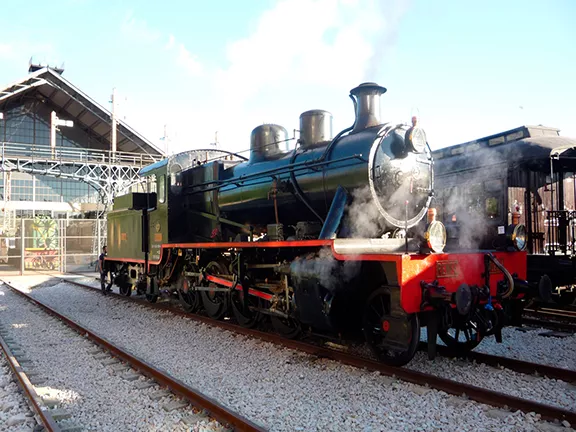 1: Setting the Stage for the GSSR
1: Setting the Stage for the GSSR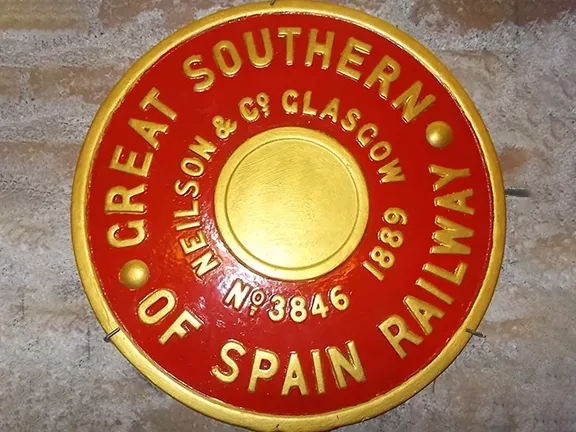 2: Founding the GSSR
2: Founding the GSSR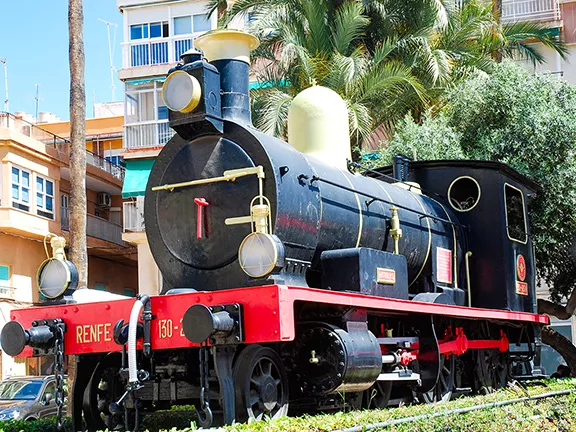 3: Águilas to Almendricos and Lorca (1885–1890)
3: Águilas to Almendricos and Lorca (1885–1890)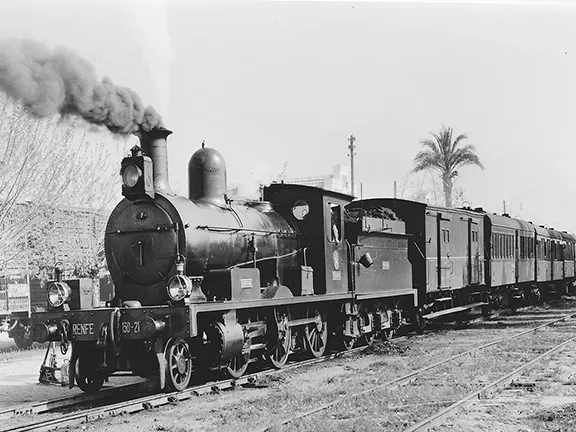 4: Implosion of Hett, Maylor & Co.
4: Implosion of Hett, Maylor & Co.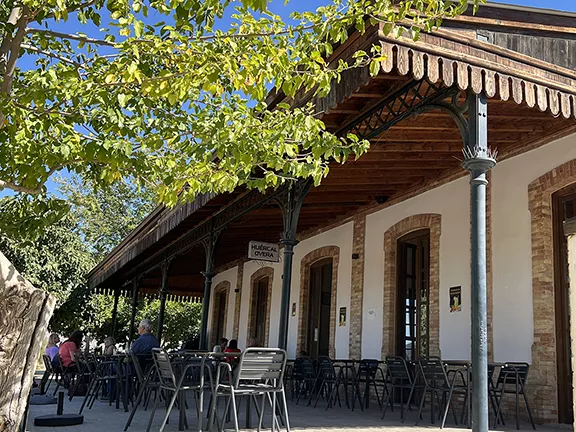 5: Almendricos to Huércal-Overa (1890–1891)
5: Almendricos to Huércal-Overa (1890–1891)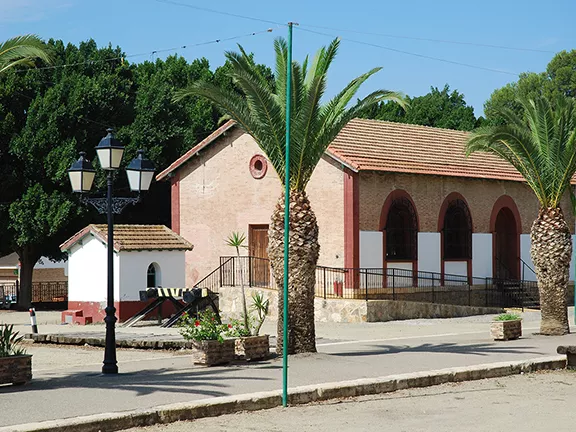 6: Huércal-Overa to Zurgena (1891–1892)
6: Huércal-Overa to Zurgena (1891–1892)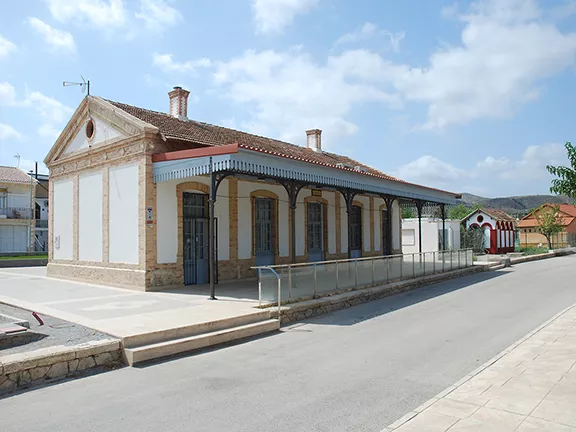 7: Zurgena to Almanzora (1892–1893)
7: Zurgena to Almanzora (1892–1893)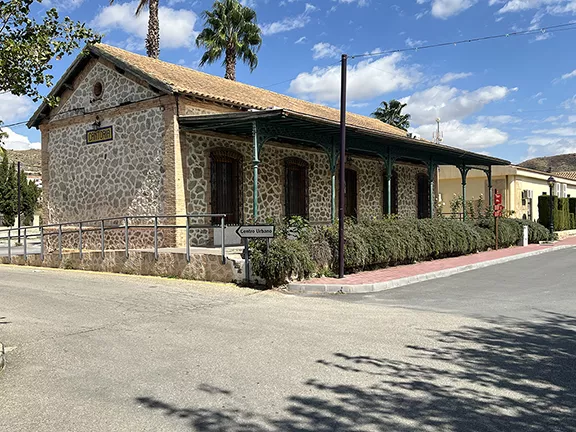 8: Almanzora to Purchena (1893–1894)
8: Almanzora to Purchena (1893–1894)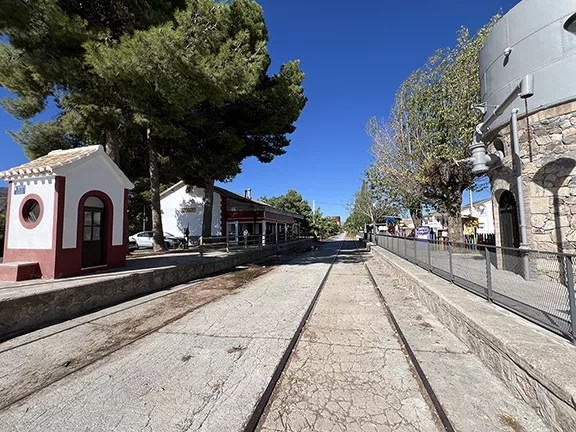 9: Purchena to Serón (1894)
9: Purchena to Serón (1894)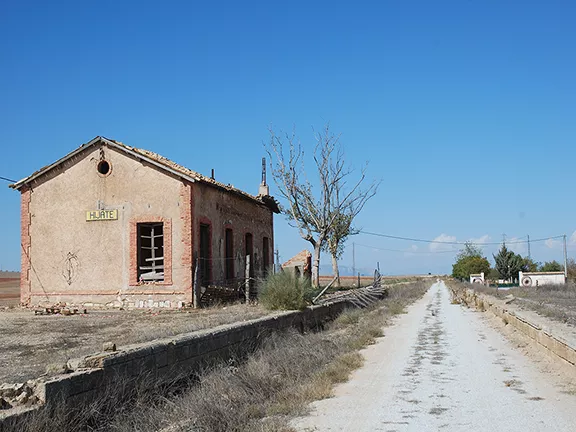 10: Serón to Baza (1894)
10: Serón to Baza (1894)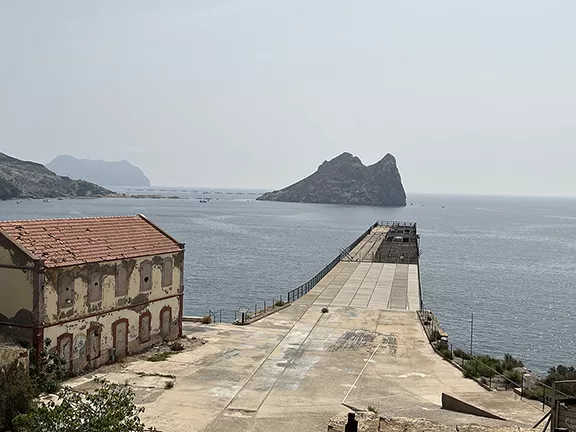 11: El Hornillo Ore Loading Pier (1903)
11: El Hornillo Ore Loading Pier (1903)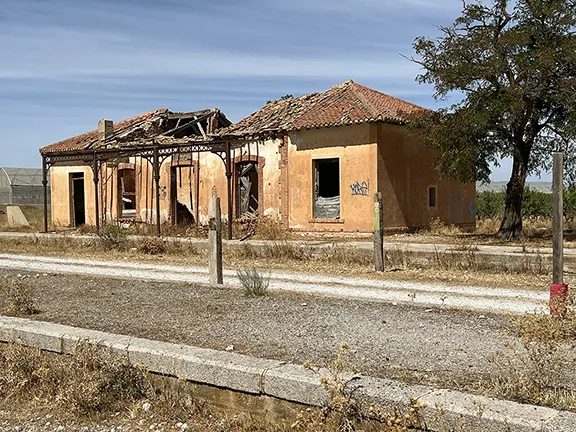 13: Baza to Baúl (1906)
13: Baza to Baúl (1906)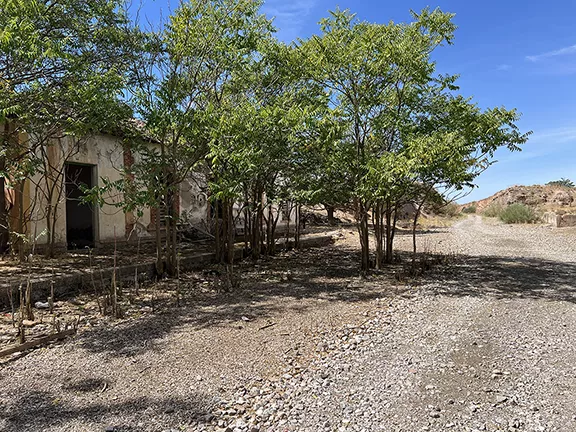 14: Baúl to Gor
14: Baúl to Gor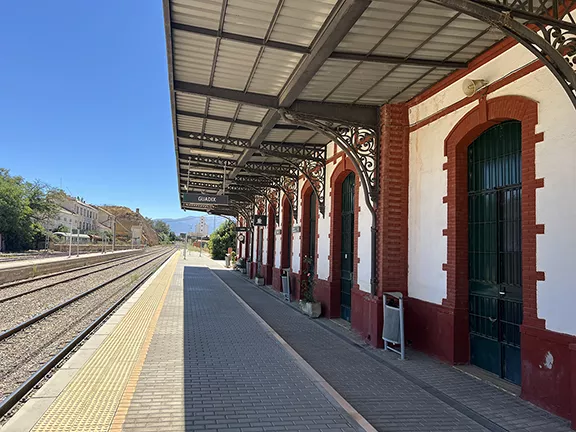 15: Gor Viaduct Disaster (1905)
15: Gor Viaduct Disaster (1905)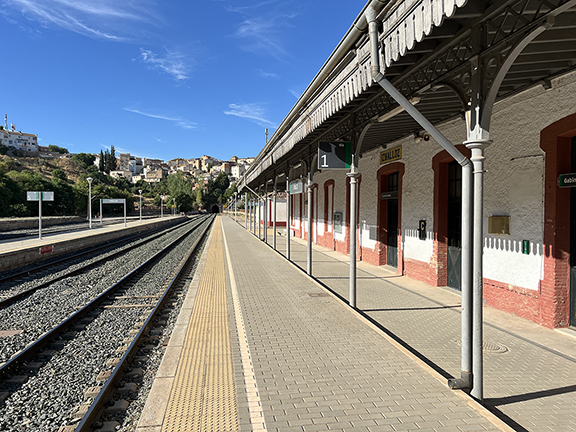 16: Granada to Guadix (1904)
16: Granada to Guadix (1904)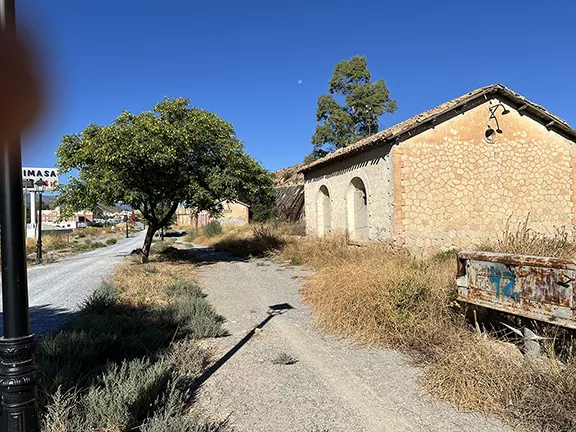 17: The Twilight and Rebirth of the GSSR
17: The Twilight and Rebirth of the GSSR